Powder Injection Molding: The Precision Manufacturing Solution for Complex Metal and Ceramic Parts
In today’s advanced manufacturing world, the demand for small, high-precision, and high-strength components continues to rise. Traditional methods like CNC machining or die casting often struggle when faced with extremely intricate geometries or tight tolerances — not to mention the escalating cost of complex tooling and post-processing.
Enter Powder Injection Molding (PIM) — a technology that bridges the gap between the flexibility of plastic injection molding and the material performance of metals and ceramics. It has rapidly become one of the most effective ways to produce complex metal and ceramic parts at scale.
What Is Powder Injection Molding (PIM)?
Powder Injection Molding is an advanced near-net-shape forming technology that merges two worlds: the design freedom of plastic injection molding and the strength of powder metallurgy. The process consists of four tightly controlled stages, transforming fine metal or ceramic powders into dense, high-performance parts that often require no secondary machining.

PIM technology is mainly divided into two branches:
-
Metal Injection Molding (MIM) — used for stainless steel, titanium, tungsten, tool steel, and other metal components.
-
Ceramic Injection Molding (CIM) — used for high-performance ceramics like alumina (Al₂O₃), zirconia (ZrO₂), and silicon nitride (Si₃N₄).
Both methods follow the same fundamental process and share a goal: to manufacture precision parts with complex shapes, minimal waste, and exceptional performance.
The Four Essential Steps of the PIM Process
-
Feedstock Preparation
The process begins with an ultra-fine metal or ceramic powder mixed with a specially formulated binder system — typically a combination of waxes and thermoplastic polymers. This mixture is precisely blended and granulated into a uniform feedstock with excellent flow characteristics. -
Injection Molding
The prepared feedstock is then heated and injected into a high-precision mold cavity, similar to plastic injection molding. This step allows the creation of extremely complex geometries, thin walls, and fine details in a single shot — features that traditional machining can hardly achieve. -
Debinding
The molded “green parts” still contain binder material that must be removed carefully. Through thermal, solvent, or catalytic debinding methods, most of the binder is eliminated. This is one of the most delicate steps in PIM, as it directly influences the structural integrity and dimensional accuracy of the final part. -
Sintering
After debinding, the parts — now called “brown parts” — are sintered at temperatures just below the material’s melting point in a controlled atmosphere. During sintering, powder particles fuse together through atomic diffusion, resulting in a dense, solid structure. The parts shrink by about 15–20% but achieve up to 99% of theoretical density, delivering outstanding mechanical properties.
Why Choose Powder Injection Molding for Metal and Ceramic Parts?
The success of powder injection molding lies in its combination of precision, efficiency, and versatility. Compared with traditional machining, PIM offers several distinct advantages:
-
Exceptional Design Freedom
Enables production of complex 3D shapes, micro-features, thin walls, and intricate internal structures — without costly post-processing. -
High Material Utilization
As a near-net-shape process, PIM minimizes waste, making it especially economical for expensive metals and ceramics. -
Outstanding Mechanical Properties
Sintered parts exhibit high density, excellent strength, hardness, and wear resistance — comparable to forged or machined materials. -
Cost-Effective Mass Production
Once molds are developed, PIM offers low per-part cost and short cycle times, ideal for high-volume manufacturing. -
Superior Surface Finish
The molded surface is smooth and refined, often requiring no additional finishing. -
Broad Material Compatibility
From stainless steel and titanium to technical ceramics, nearly any powder-form material can be molded with PIM.

Real-World Applications of PIM Technology
Powder injection molding of metal and ceramic parts is now widely used across numerous industries where precision, strength, and complexity matter most:
-
Medical & Dental Devices: surgical instruments, orthopedic implants, dental brackets, and endoscopic components.
-
Automotive Industry: turbocharger rotors, fuel system parts, and sensor housings.
-
Consumer Electronics: smartphone hinges, camera rings, watch cases, and optical connectors.
-
Industrial Tools: carbide drills, precision gears, and spray nozzles.
-
Aerospace & Defense: mini turbine blades, fuse components, and control elements.
These applications demonstrate how PIM technology enables engineers to design without the usual limitations of subtractive or casting processes — achieving lighter, stronger, and more efficient components.

The Future of Precision Manufacturing
Powder Injection Molding is more than just a production method; it represents a transformation in how engineers approach design and material performance. It merges complex geometry, high strength, and scalability in a single, cost-effective process.
When your project demands the perfect combination of precision, durability, and design flexibility, PIM is the manufacturing solution that can bring your innovation to life. Whether you’re upgrading an existing product or developing next-generation devices, powder injection molding of metal and ceramic parts opens the door to new possibilities — where design freedom meets material excellence.
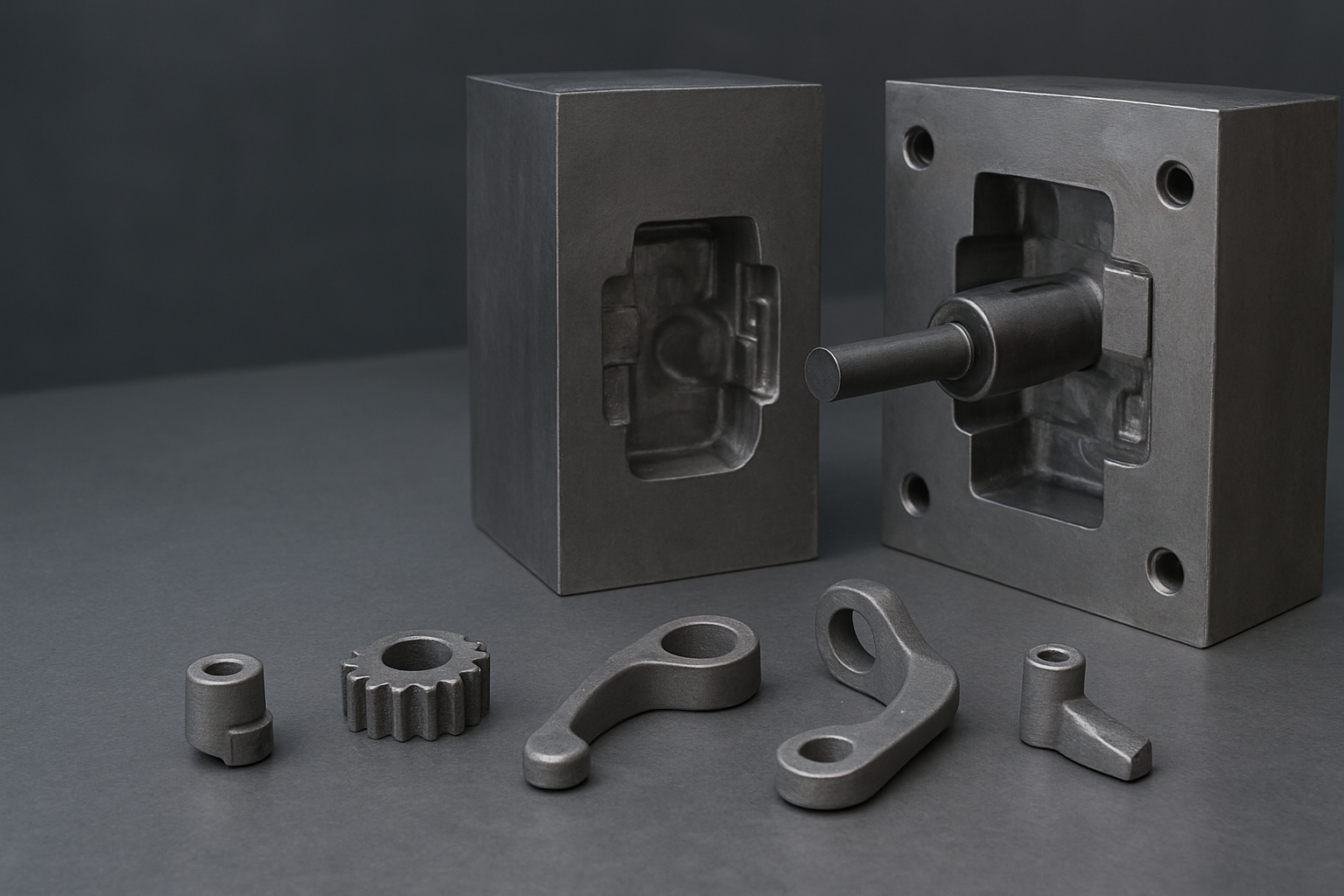
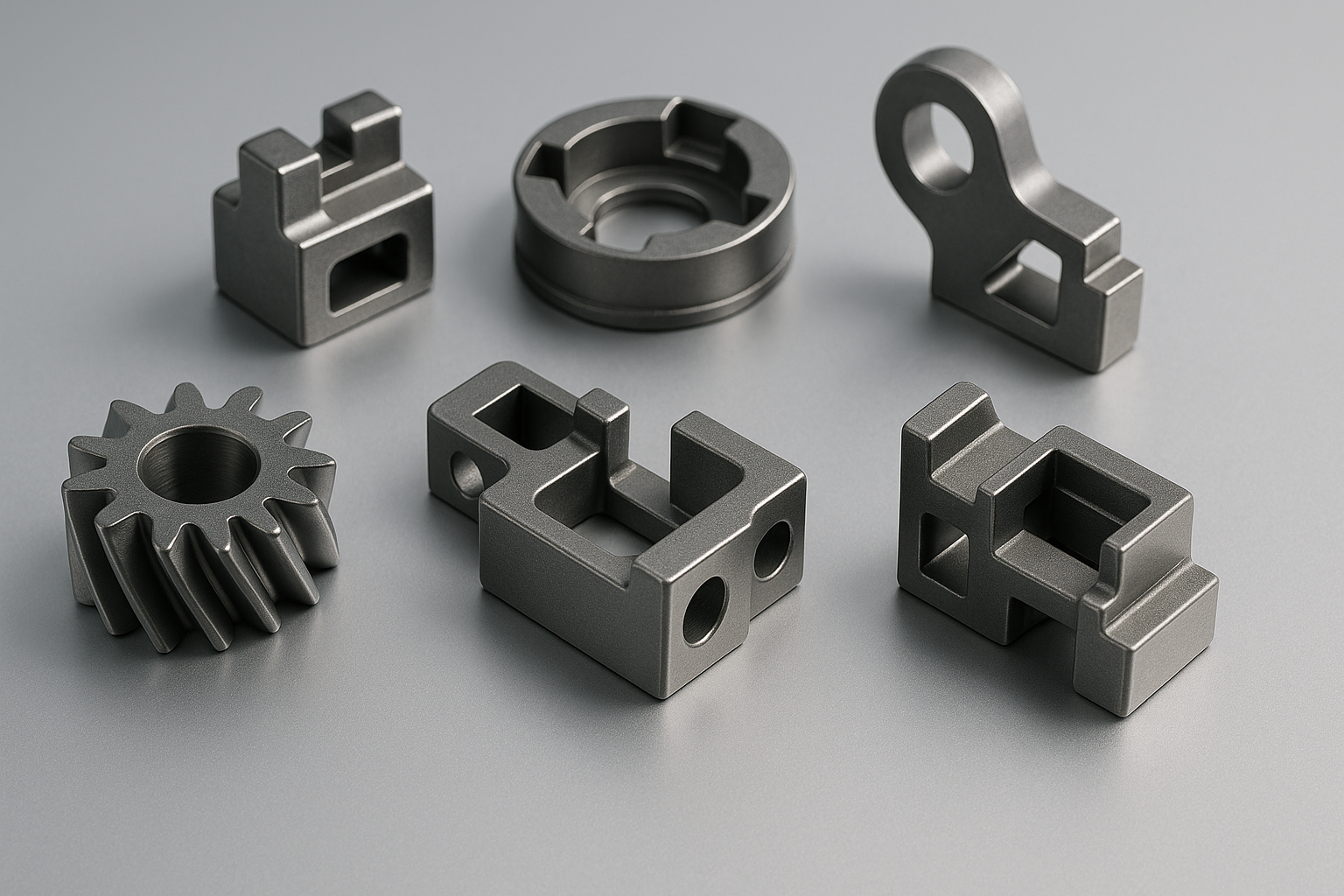
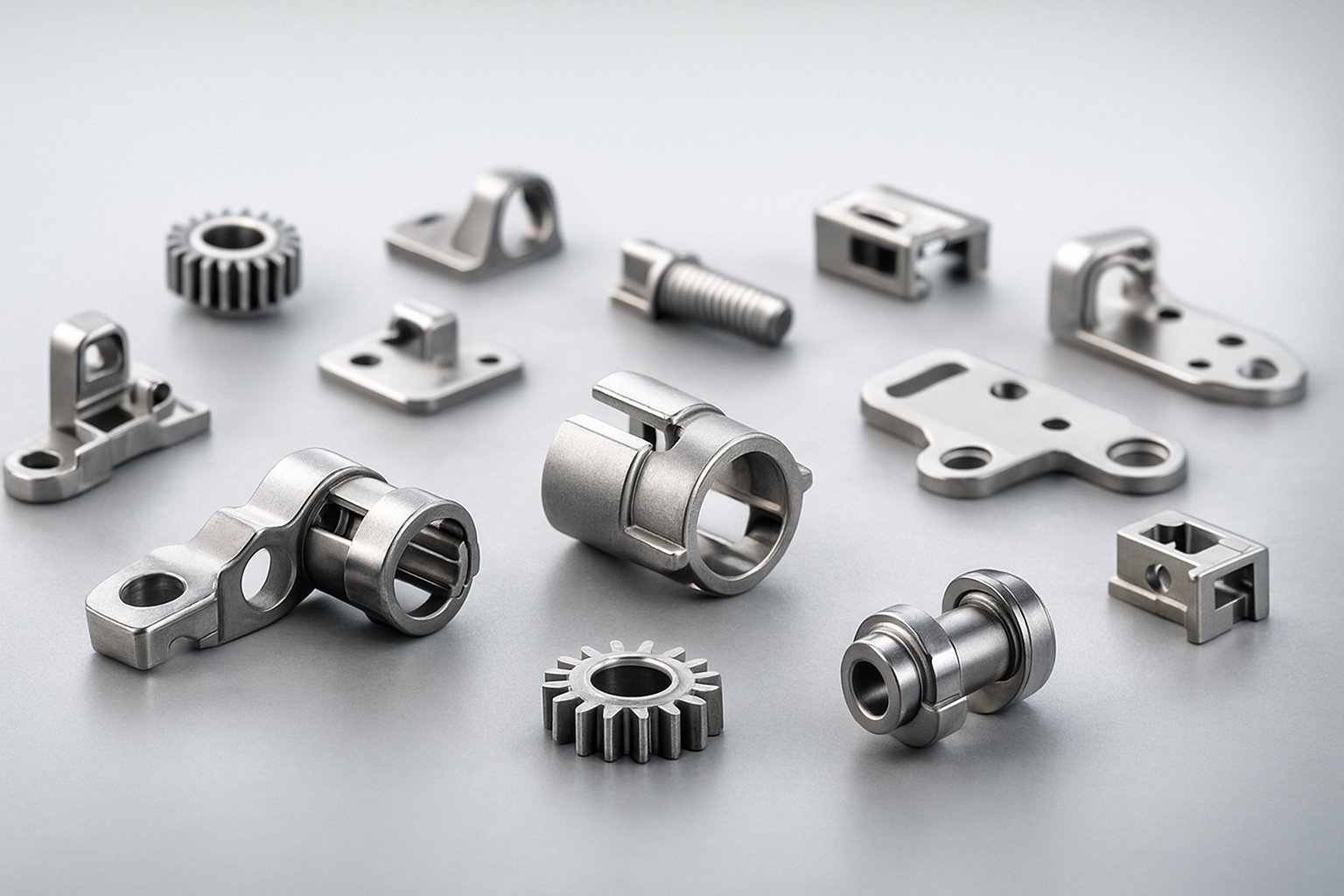
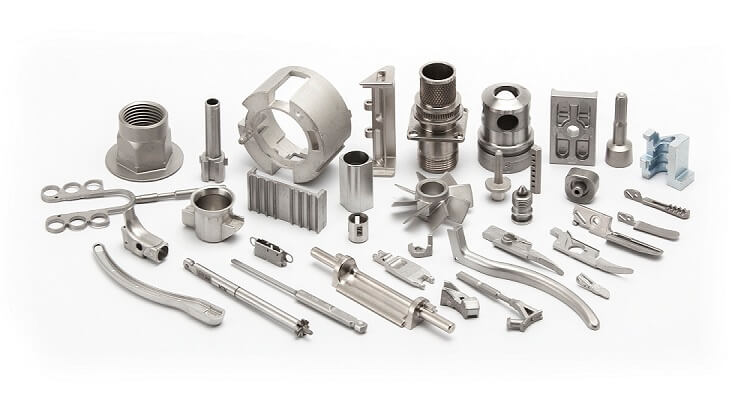
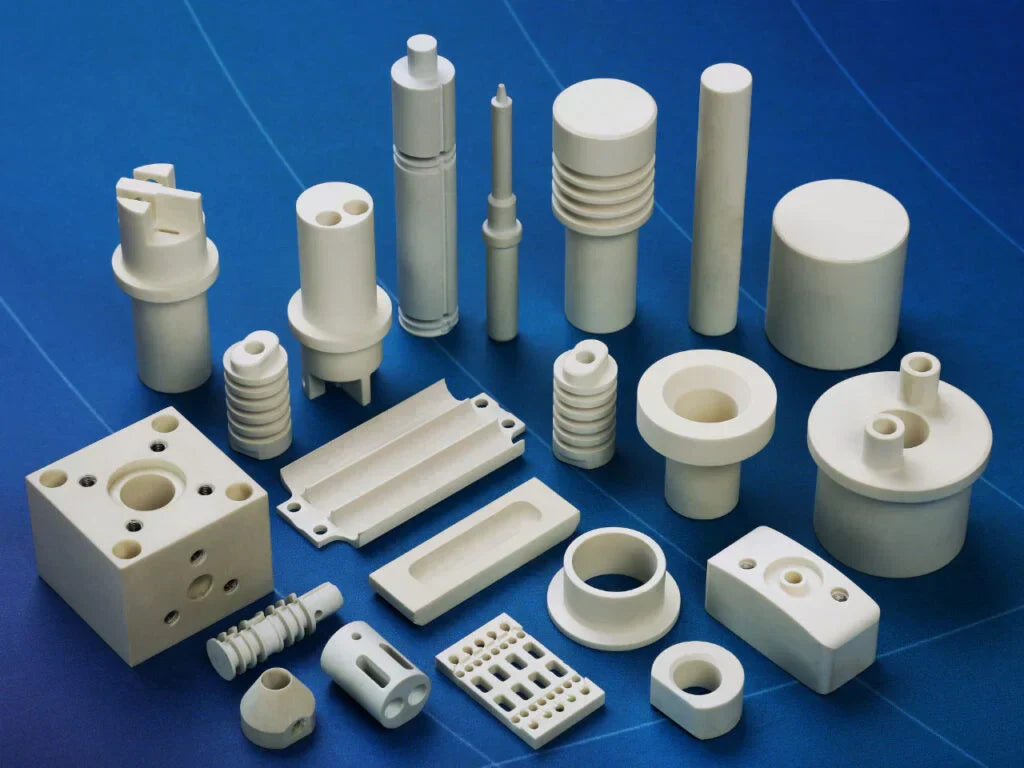

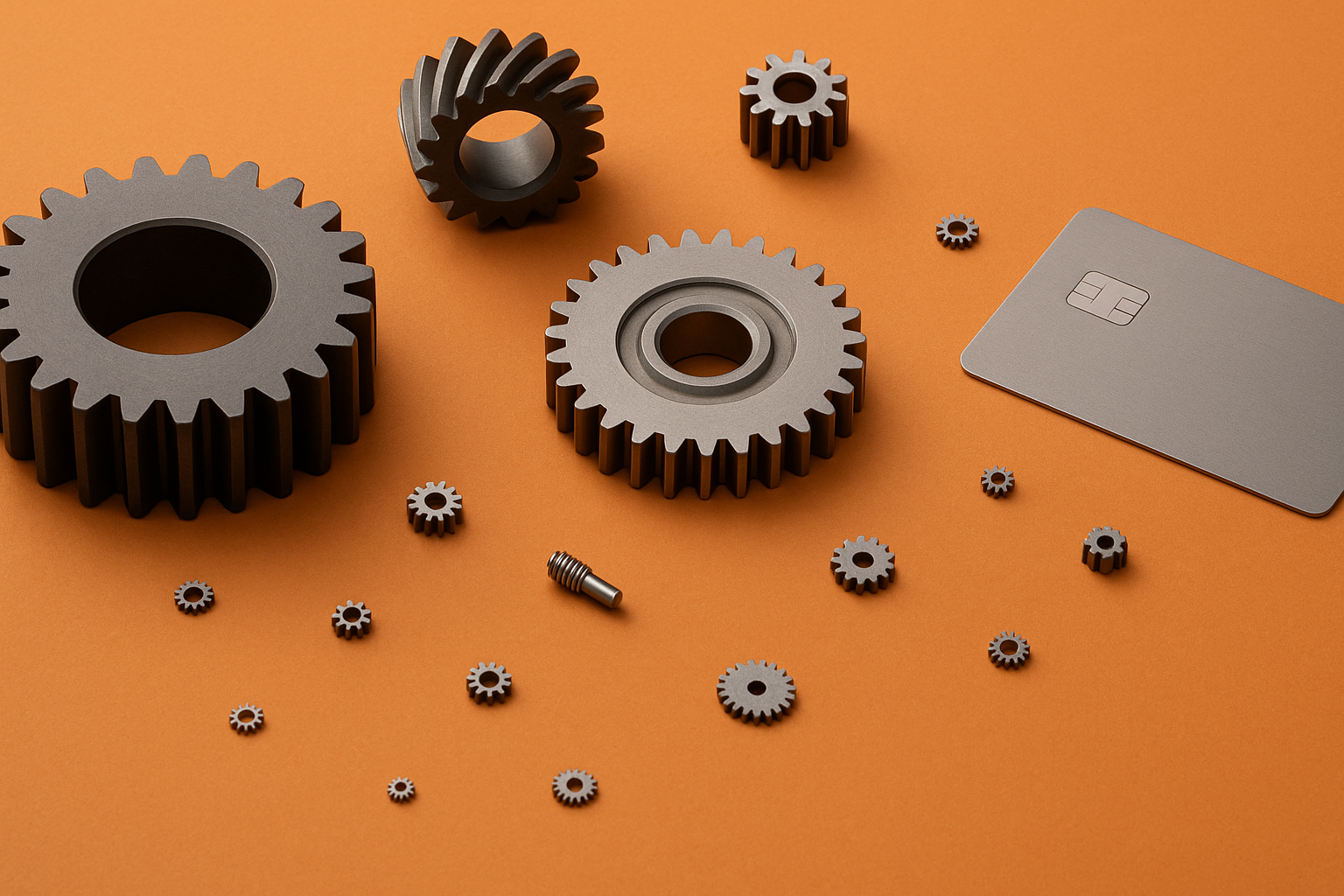

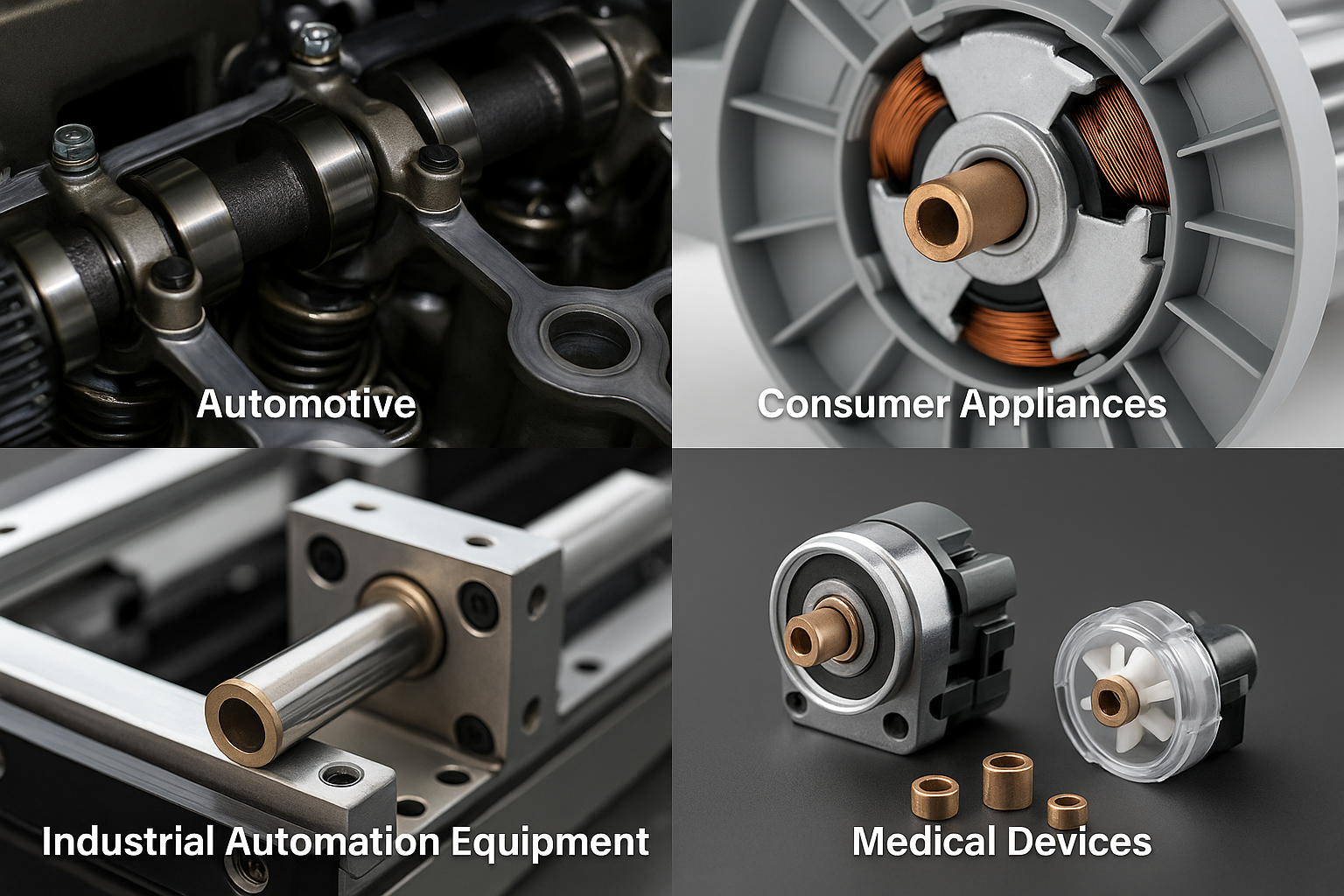
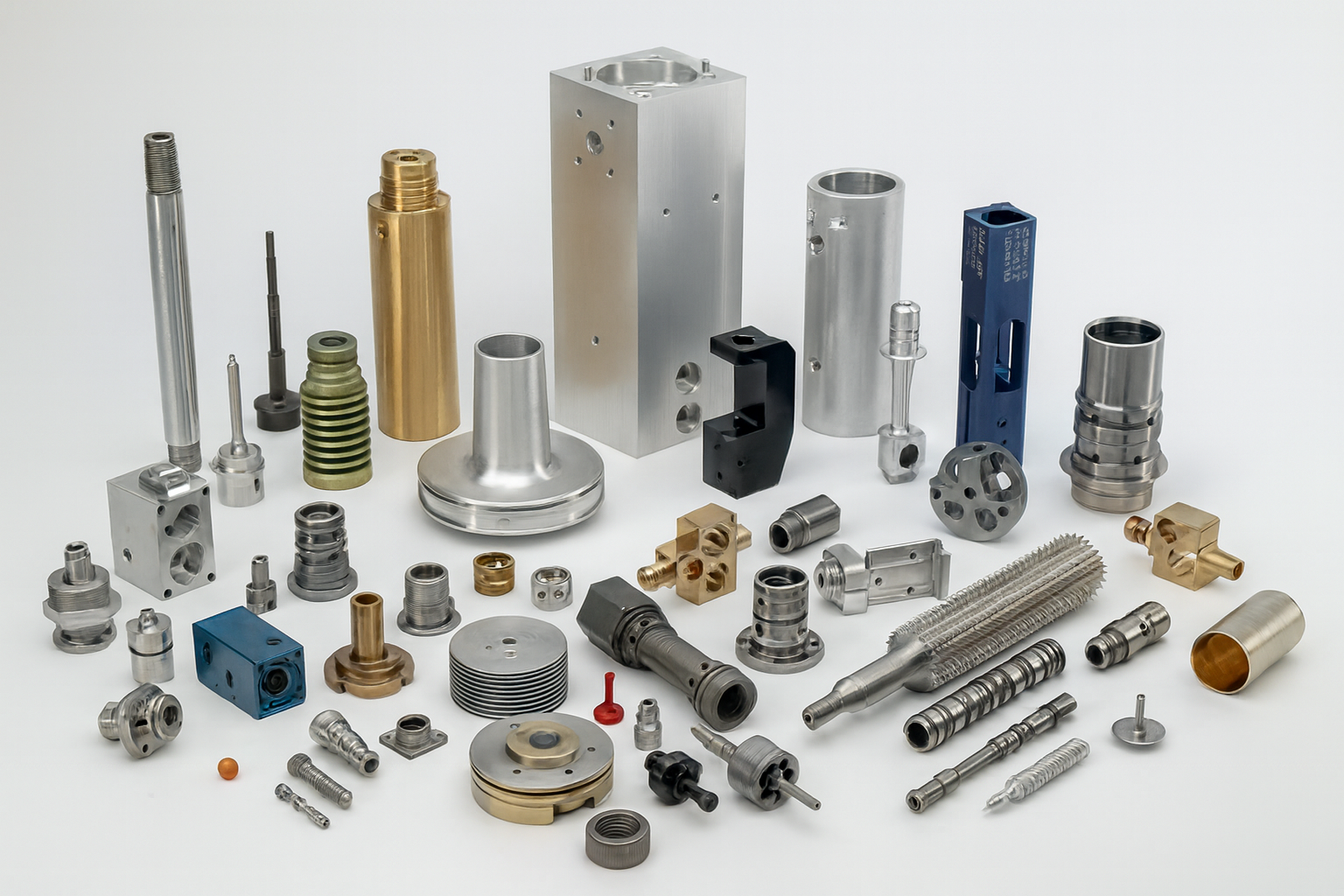
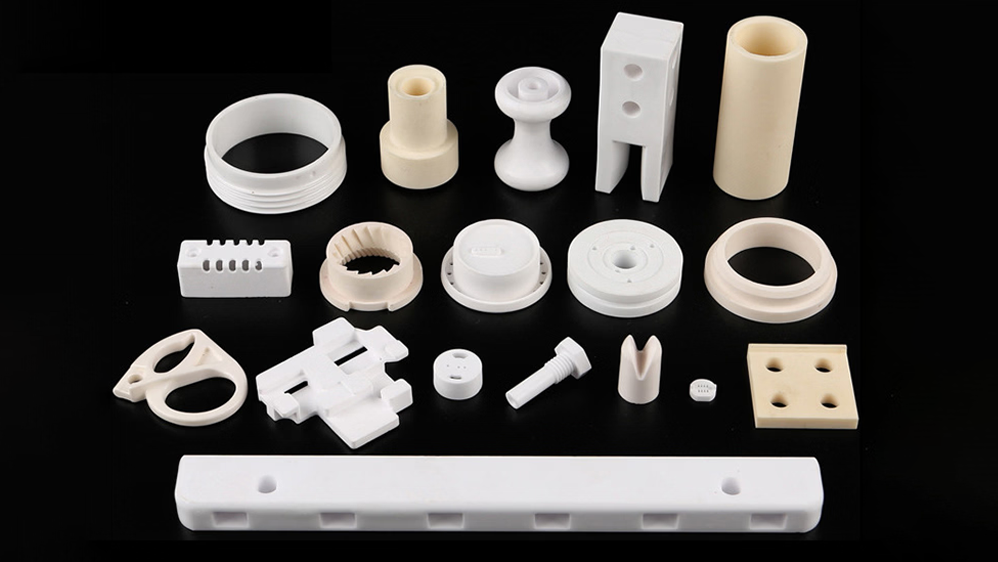
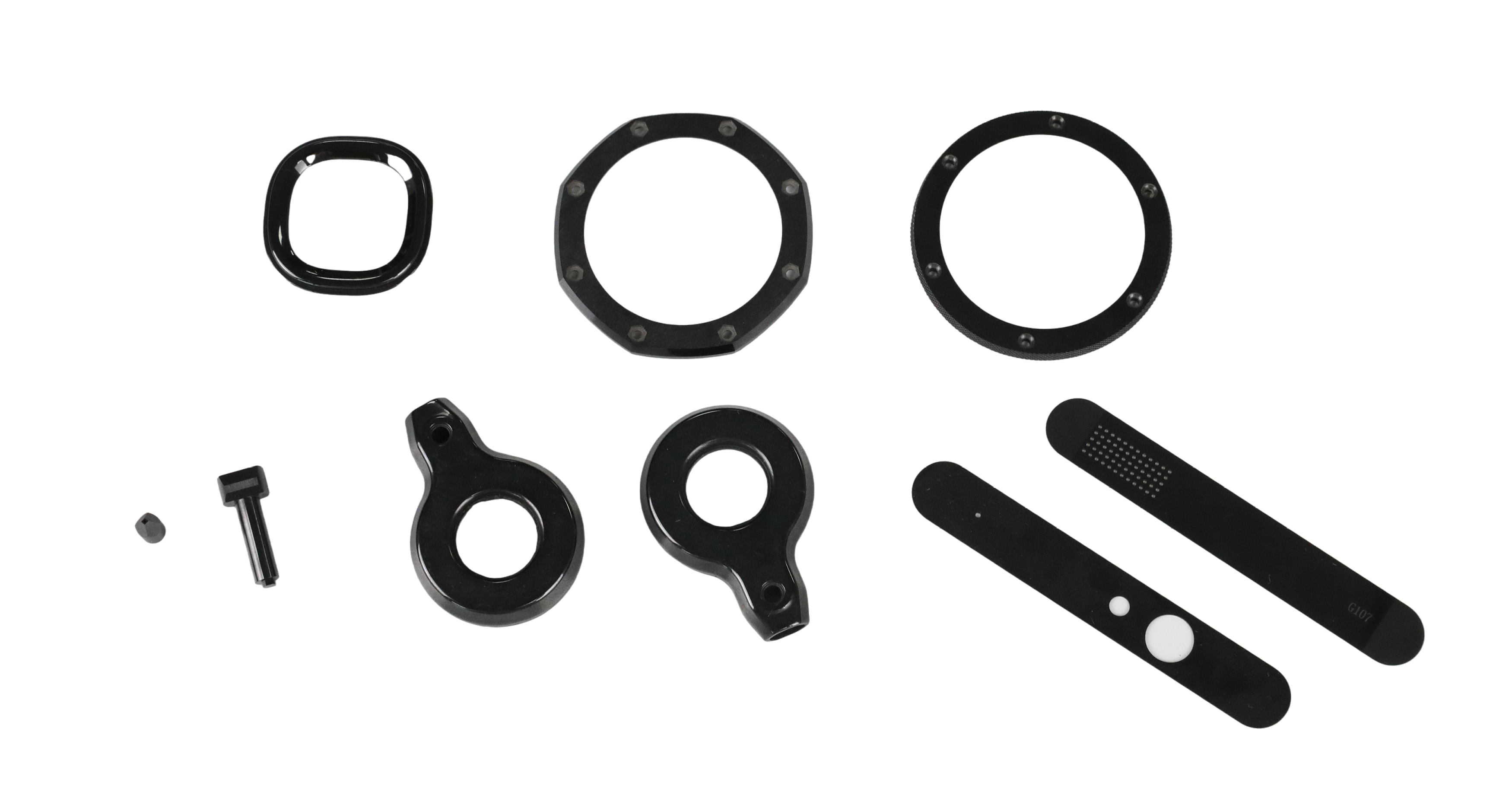
Compartir:
Precision Ceramic CIM Components for Medical Devices
¿Qué es un rodamiento de pulvimetalurgia?